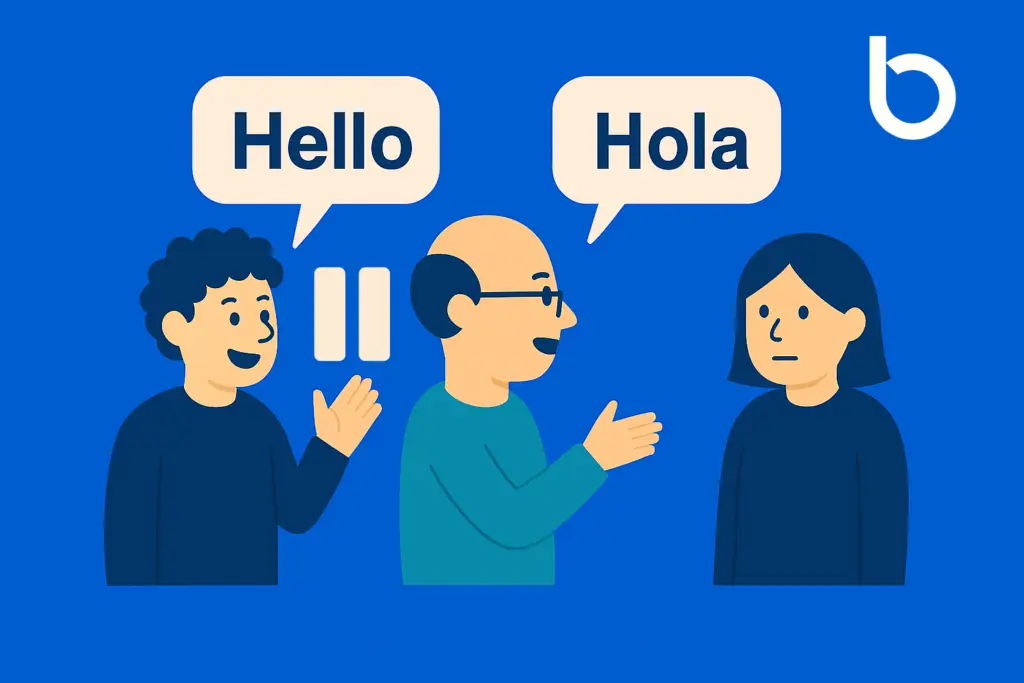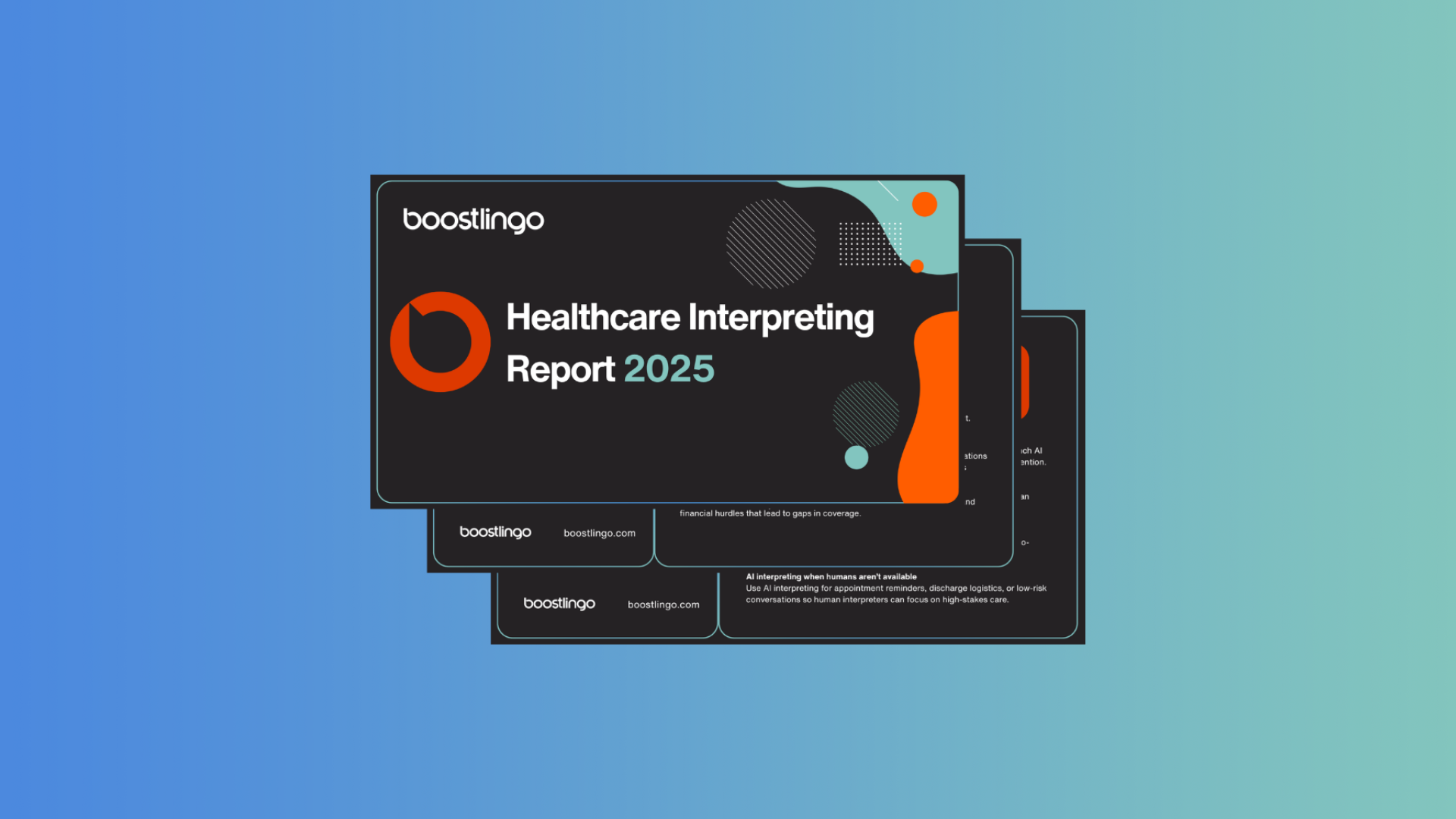Consecutive interpreting is a form of language interpreting where the speaker pauses regularly, allowing the interpreter to relay the message in segments before continuing. If clear, accurate communication is essential for your conversations, keep reading to understand how consecutive interpreting can benefit your interactions.

How Does Consecutive Interpreting Work?
Consecutive interpreting follows a structured yet straightforward process:
- Speaker Talks: The speaker delivers a portion of their message, typically a few complete ideas or concepts, and then pauses.
- Interpreter Listens and Takes Notes: The interpreter attentively listens and uses a consecutive note taking method.
- Speaker Pauses: The speaker pauses after completing a segment.
- Interpreter Interprets: The interpreter then accurately conveys the message in the target language.
Unlike simultaneous interpreting, where interpreters interpret in real time without pauses, consecutive interpreting allows time for a better understanding of the context. Interpreters can also intervene to ask for a repetition or clarification of what was said if needed.
[Visual: Step-by-step icons illustrating the consecutive interpreting process alongside a simultaneous interpreting comparison.]
Benefits of Consecutive Interpreting
Consecutive interpreting offers several key advantages, particularly:
- Accuracy: Interpreters have more time to process segments, and consecutive interpreting can provide better accuracy depending on the context.
- Clarity: Interpreters can request repetitions and clarifications, minimizing misunderstandings.
- No Special Equipment Needed: Eliminates the need for listeners to have headsets or specialized booths.
- Suited for Complex Conversations: Interpreters can verify complex or uncommon terminology during technical, legal, or medical scenarios requiring precision.
- Flexibility: Adaptable to conversational pacing and diverse contexts like medical consultations or business negotiations.
- Natural Flow and Engagement: Conversational pauses keep participants engaged and attentive.
Common Use Cases for Consecutive Interpreting
Consecutive interpreting is widely used in dialogic communication, where the interpreter waits for the speaker to pause before interpreting. It works better for conversations than for presentations, like:
- Legal Depositions: Ensures meticulous accuracy in legal contexts.
- Medical Consultations: Critical for precise patient-provider interactions (medical interpreting).
- Business Meetings: Supports clarity and precision in negotiations and international business (business interpreting).
- Government and Educational Settings: Facilitates effective communication in sensitive or formal environments (government interpreting and educational interpreting).
Key Skills of a Consecutive Interpreter
Effective consecutive interpreting demands several critical skills:
- Active Listening: Ensuring full comprehension of spoken messages.
- Short-Term Memory Retention: Ability to remember key details for accurate interpreting.
- Note-Taking Techniques: Skills in concise, efficient note-taking to aid accuracy.
- Cultural Competence: Understanding cultural nuances to convey appropriate context.
Consecutive Interpreting vs. Simultaneous Interpreting
Consecutive interpreting involves segment-based interpretation after the speaker pauses, which is ideal for intimate or formal contexts requiring high accuracy and is especially well-suited for dialogic communication. In contrast, simultaneous interpreting occurs concurrently with speech and is suitable for events or conferences. Both methods require specific skills and suit distinct communication scenarios.
Challenges in Consecutive Interpreting
Interpreters can face significant challenges, such as:
- Managing lengthy speech segments.
- Ensuring precise note-taking.
- Maintaining tone and context across languages.
- Managing technology during remote sessions
Boostlingo addresses these challenges by working with experienced interpreters who have a minimum of 3 years’ experience and who meet appropriate training requirements, as well as providing ongoing professional development to its interpreter network.
When to Choose Consecutive Interpreting?
Consecutive interpreting is typically most suitable during interactive encounters with two-way dialogue like legal depositions or attorney-client meetings, medical appointments, and one-on-one business meetings. Boostlingo simplifies the process of finding and scheduling professional interpreters who can provide consecutive interpreting for these critical areas.
Find Professional Consecutive Interpreting with Boostlingo
Boostlingo provides professional, reliable consecutive interpreting services for various industries. Our experienced interpreters ensure clear, accurate communication tailored to your specific needs. Request a demo today to discover how Boostlingo can support your interpreting requirements.



